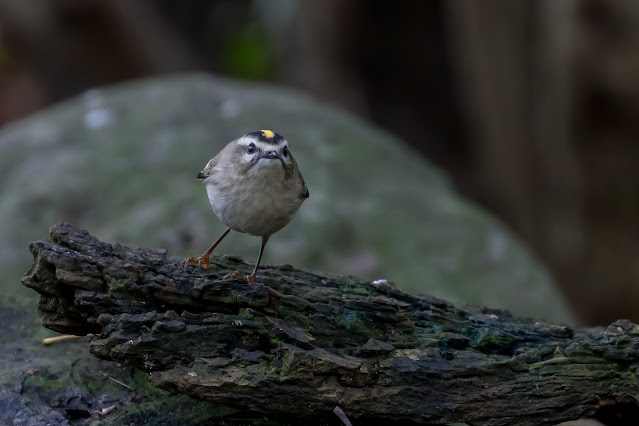Odd behaviour
While in Ohio at the Midwest Birding Symposium we saw ring-billed gulls landing in dog wood trees and eating the berries.
Gulls are scavengers but I didn't know they would eat fruit.
It may be possible they were eating insects and not the berries but that isn't what it looked like.
Scientific stuff
Larus delawarensis
From Cornell Lab of OrnithologyFamiliar acrobats of the air, Ring-billed Gulls nimbly pluck tossed tidbits from on high. Comfortable around humans, they frequent parking lots, garbage dumps, beaches, and fields, sometimes by the hundreds. These are the gulls you're most likely to see far away from coastal areas—in fact, most Ring-billed Gulls nest in the interior of the continent, near freshwater. A black band encircling the yellow bill helps distinguish adults from other gulls—but look closely, as some other species have black or red spots on the bill
Many, if not most, Ring-billed Gulls return to breed at the colony where they hatched. Once they have bred, they are likely to return to the same breeding spot each year, often nesting within a few meters of the last year's nest site. Many individuals return to the same wintering sites each winter too.
www.allaboutbirds.org/guide/ring-billed_gull/lifehistory
Gulls are scavengers but I didn't know they would eat fruit.
It may be possible they were eating insects and not the berries but that isn't what it looked like.
Scientific stuff
Larus delawarensis
From Cornell Lab of OrnithologyFamiliar acrobats of the air, Ring-billed Gulls nimbly pluck tossed tidbits from on high. Comfortable around humans, they frequent parking lots, garbage dumps, beaches, and fields, sometimes by the hundreds. These are the gulls you're most likely to see far away from coastal areas—in fact, most Ring-billed Gulls nest in the interior of the continent, near freshwater. A black band encircling the yellow bill helps distinguish adults from other gulls—but look closely, as some other species have black or red spots on the bill
Many, if not most, Ring-billed Gulls return to breed at the colony where they hatched. Once they have bred, they are likely to return to the same breeding spot each year, often nesting within a few meters of the last year's nest site. Many individuals return to the same wintering sites each winter too.
www.allaboutbirds.org/guide/ring-billed_gull/lifehistory


Comments